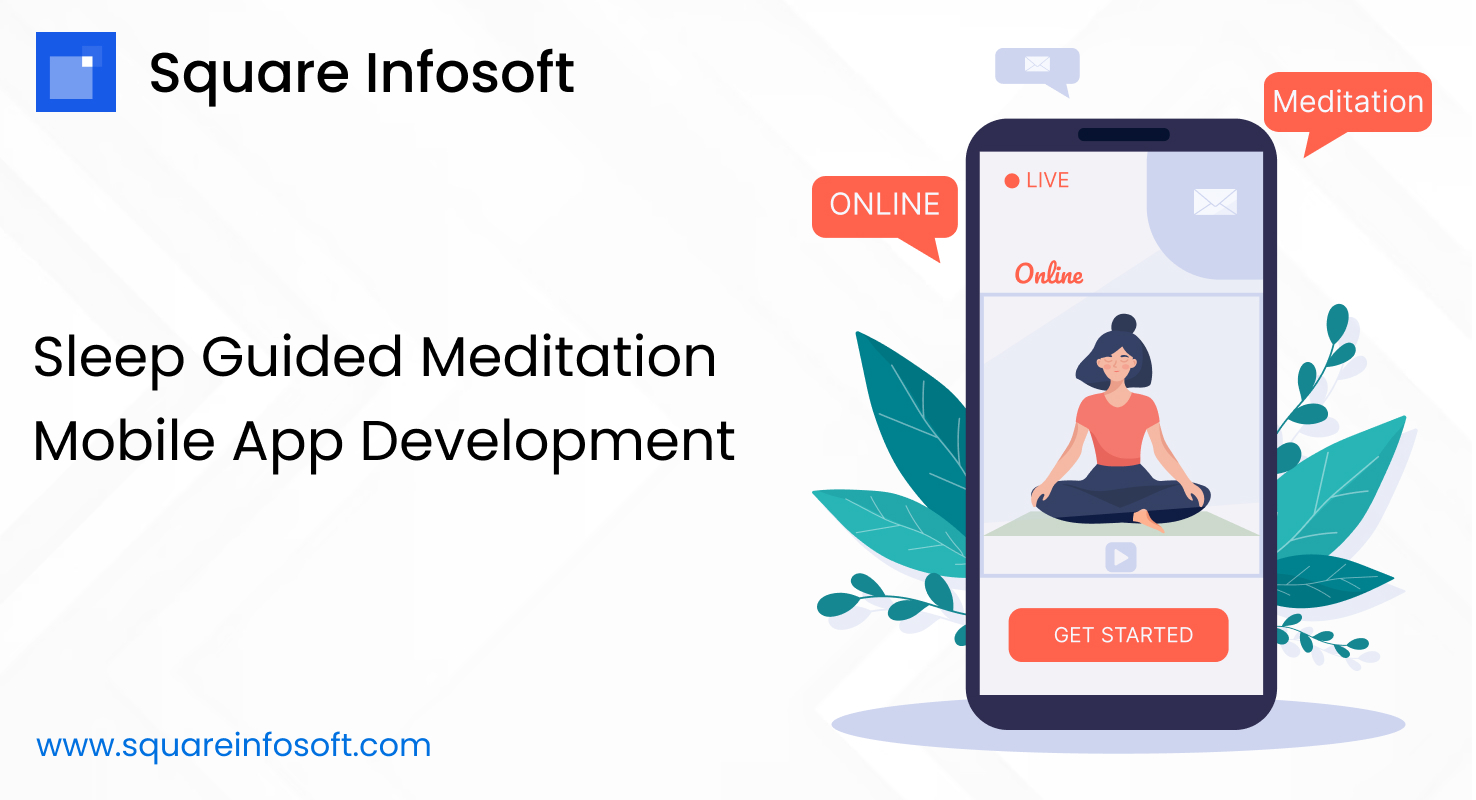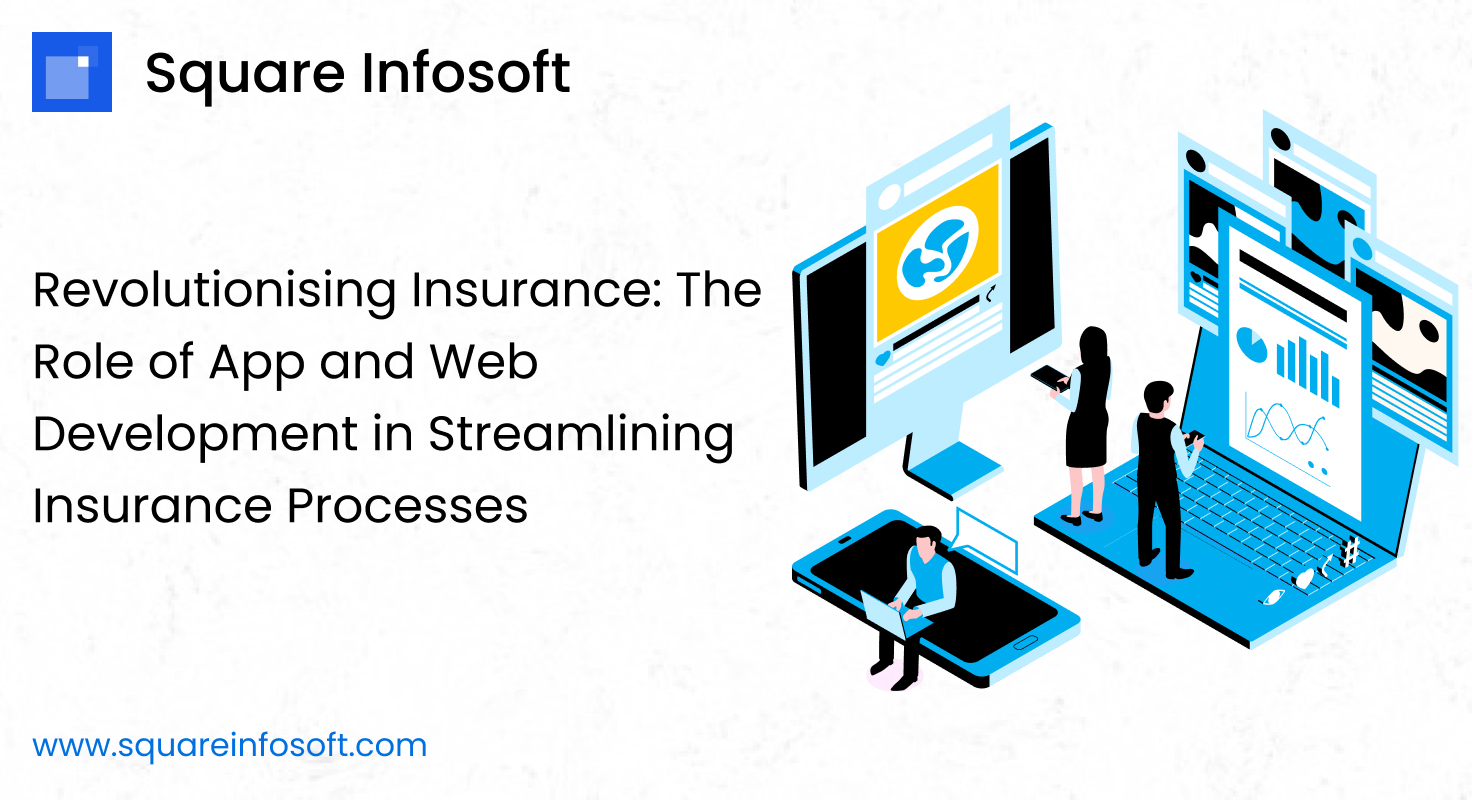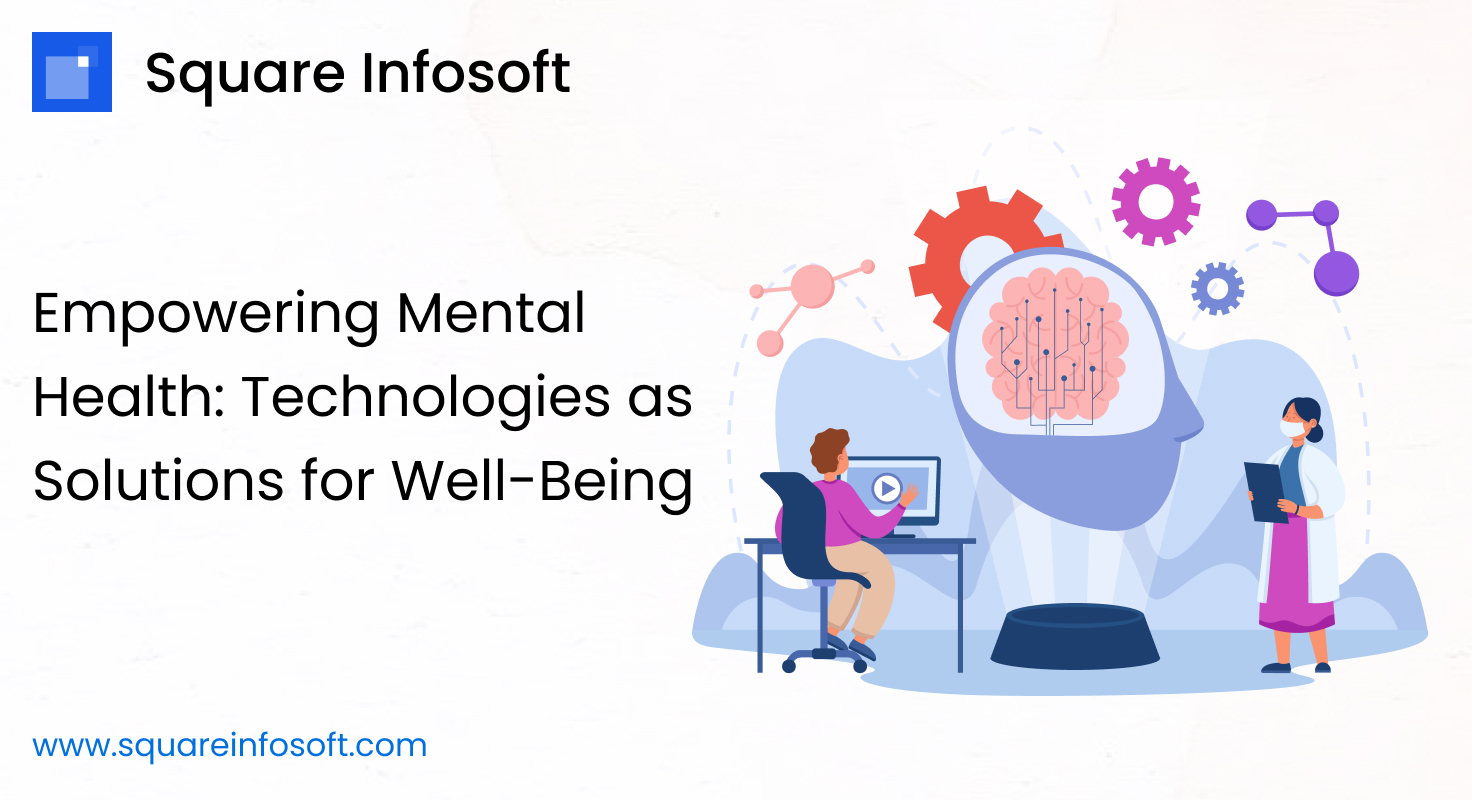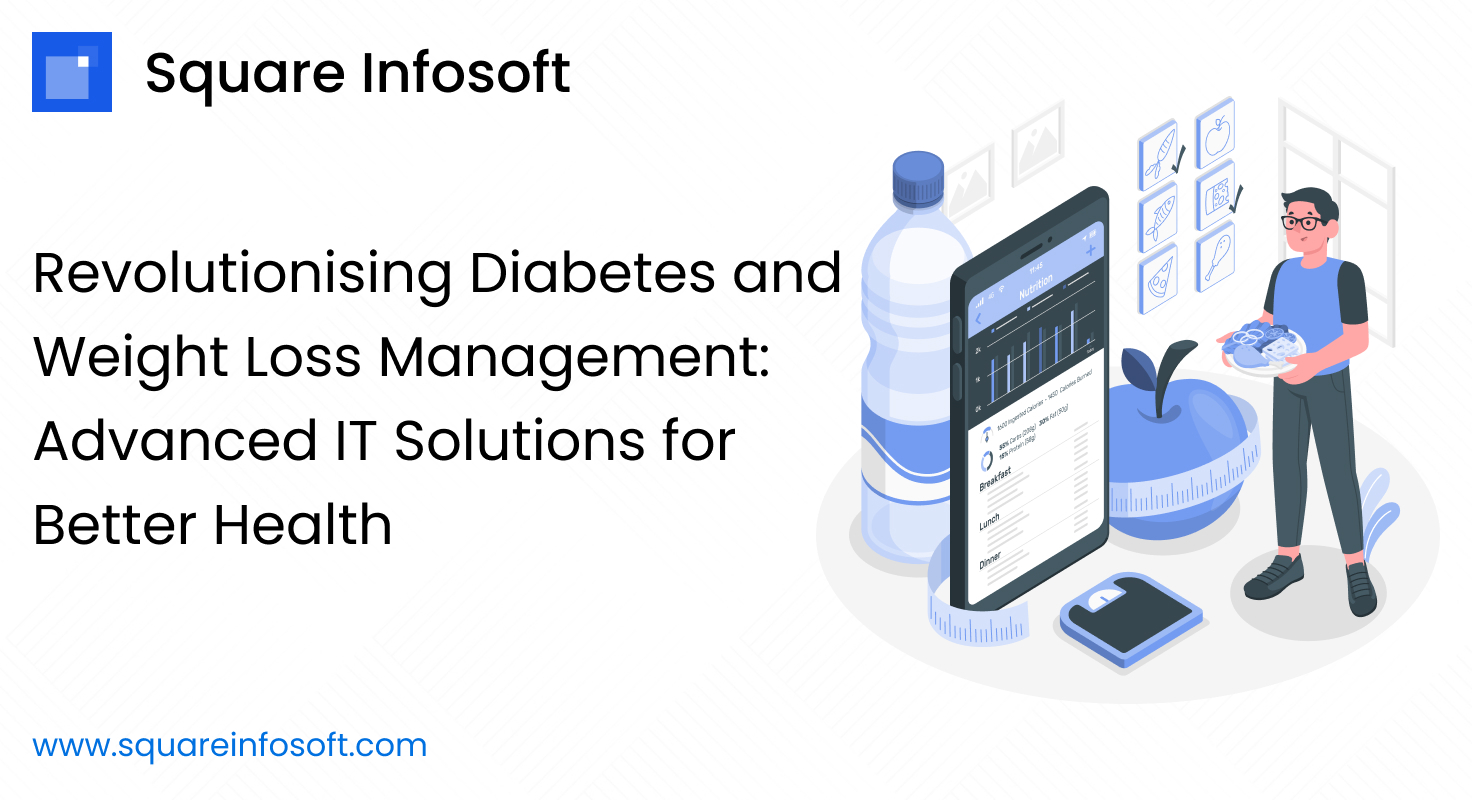Creating a Sleep Guided Meditation app involves combining elements of meditation, soothing sounds, and relaxation techniques to help users achieve better sleep. Below is a step-by-step guide on how you might approach developing such an app:
1. Define the Purpose and Features:
- Meditation Sessions: Plan different meditation sessions specifically designed for sleep.
- Guided Narration: Provide calming voiceovers to guide users through meditation.
- Customizable Timers: Allow users to set the duration of their meditation sessions.
- Background Sounds: Include a variety of soothing sounds (ocean waves, rainfall, gentle music).
- Sleep Tracker: Integrate a sleep tracker to monitor and analyze sleep patterns.
- User Profiles: Allow users to create profiles and track their progress.
2. Choose a Development Platform:
- Decide whether to develop a native app (iOS/Android), cross-platform (React Native, Flutter), or web-based.
3. Wireframing and Design:
- Create wireframes and design mockups for the app’s interface, ensuring simplicity and user-friendliness.
4. Development:
- Frontend:
- Use appropriate frameworks and languages based on your chosen platform.
- Implement smooth transitions and animations for a calming user experience.
- Ensure responsiveness for various screen sizes.
- Backend:
- Set up a server to handle user profiles, session data, and sleep tracking information.
- Implement a secure authentication system for user accounts.
5. Guided Meditation Content:
- Collaborate with meditation experts to create high-quality guided meditation scripts.
- Record professional voiceovers for each meditation session.
6. Audio Integration:
- Implement a feature to seamlessly play guided meditations and background sounds.
- Allow users to adjust volume levels and mix different sounds.
7. Sleep Tracking Integration:
- Integrate sleep tracking APIs or build a custom solution to monitor users’ sleep patterns.
- Provide users with insights and recommendations based on their sleep data.
8. Testing:
- Conduct thorough testing to ensure the app’s stability, usability, and performance.
- Collect user feedback to make necessary improvements.
9. Deployment:
10. Marketing:
- Create a marketing strategy to promote the app.
- Utilize social media, influencer partnerships, and other channels to reach your target audience.
11. Feedback and Updates:
- Encourage users to provide feedback within the app.
- Regularly update the app to fix bugs, add new features, and enhance user experience.
12. Monetization:
- Decide on a monetization strategy (e.g., freemium, subscription, one-time purchase) and integrate payment systems accordingly.
13. Legal Considerations:
- Ensure compliance with data protection regulations and obtain necessary permissions for audio content usage.
14. Support:
- Provide customer support to address user inquiries and issues promptly.
Remember, user experience is crucial for a sleep meditation app, so focus on creating a simple, intuitive, and visually calming interface. Regularly update and improve the app based on user feedback and technological advancements.




